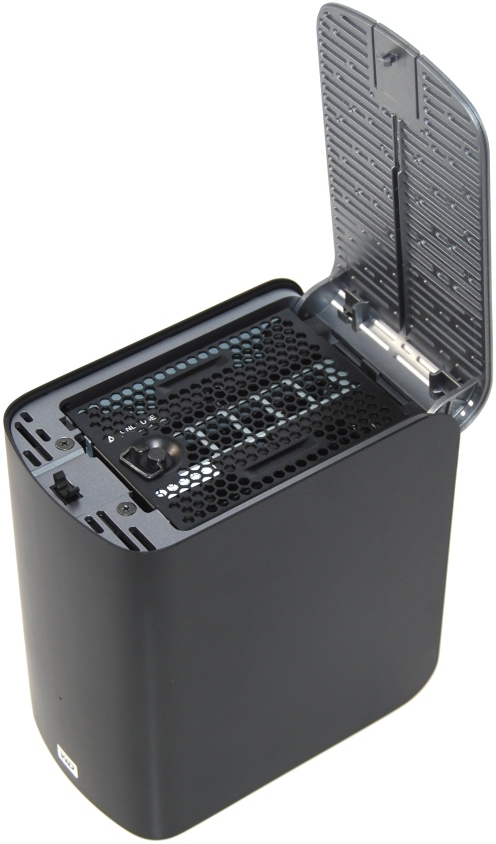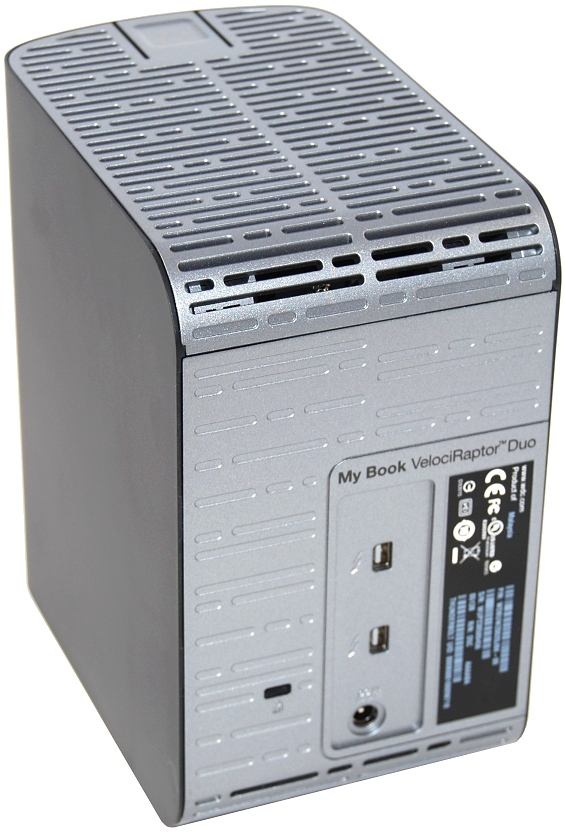Unveiled at the 2009 Intel Developer Forum, Thunderbolt (aka Light Peak) wouldn't make its debut into an actual product until two years later with Apple's MacBook Pro 2011 refresh using the same connector as Mini DisplayPort. Another year would pass until Thunderbolt finally started to find its way into PCs though you'd be forgiven for not noticing, as devices supporting the new interface are still uncommon.
Fortunately, that's changing. The number of devices featuring Thunderbolt is growing with several options from LaCie, Promise, Buffalo and now Western Digital. As adoption of the interface grows, users will wonder if it's worth investing in it. After all, USB 3.0 has only really started to gain serious traction this year despite the fact that most chipsets are yet to provide native support.
Furthermore, it's rare to come across a USB 3.0 storage device that can max out the specification's 5Gb/s bandwidth. Modern SSDs are only getting there now, making an expensive 10Gb/s interface seem like a tough sell. However, Thunderbolt is not just another peripheral interface, as it combines PCI Express and DisplayPort into a single connection providing very powerful connectivity combinations.

With most Thunderbolt-enabled products available today being storage-related, we wanted to see what the new Gigabyte Z77X-UP5 TH motherboard and its dual Thunderbolt ports had to offer in terms of performance. The best way to accomplish that, in our opinion, is to test the new ultra-fast Western Digital My Book Velociraptor Duo, which has a pair of 10,000RPM Velociraptor hard drives...
WD Velociraptor Duo in Detail
Western Digital jumped on the Thunderbolt bandwagon earlier this year, releasing its My Book Thunderbolt Duo, which paired two 2.5" WD Caviar Green drives in a Thunderbolt-equipped My Book chassis. This was a cost effective method of delivering a big storage capacity in a Thunderbolt-enabled device.

The only real problem: performance was limited to around 200MB/s for sequential access and this doesn't show what Thunderbolt is really capable of. This isn't enough to max out a single USB 3.0 port either, so we imagine many users would have a tough time justifying the premium for Thunderbolt in this case.

Currently, the My Book Thunderbolt Duo 4TB sells for $500 whereas similar USB 3.0 devices can be had for under $300, such as the Buffalo DriveStation Duo 4TB. What Western Digital needed to do was release a Thunderbolt external storage device that was capable of much greater transfer speeds – so they did.


The Velociraptor Duo was introduced featuring a pair of Western Digital VelociRaptor 1TB hard drives which support a spindle speed of 10,000RPM. These drives were then configured using software RAID0 inside the My Book chassis for a throughput of around 400MB/s, roughly twice that of the original. This makes the Velociraptor Duo the highest performance external hard drive based solution we have ever tested.

In addition to being the fastest external hard drive we've tested, it's also the most expensive at $900 for just 2TBs of storage, or $0.45/GB – half the price of today's high-end SSDs, which now fetch less than $1/GB.
